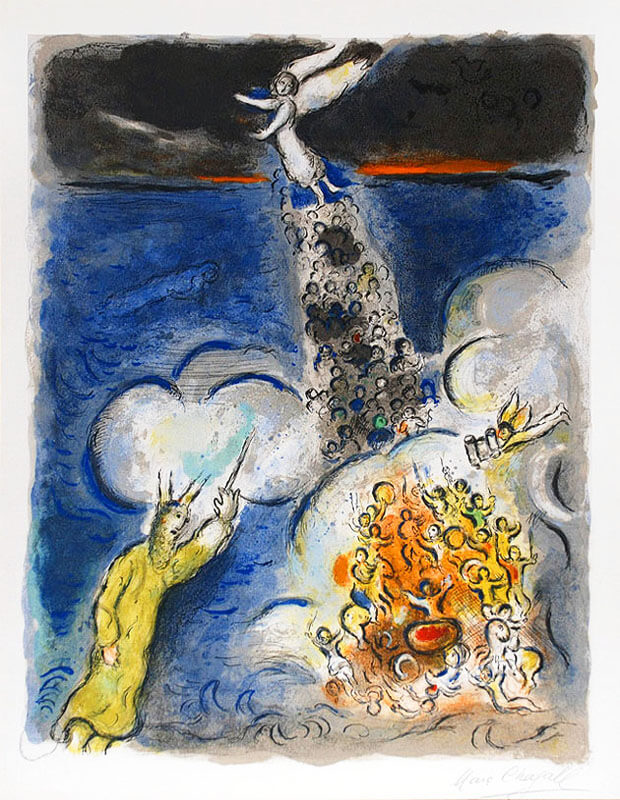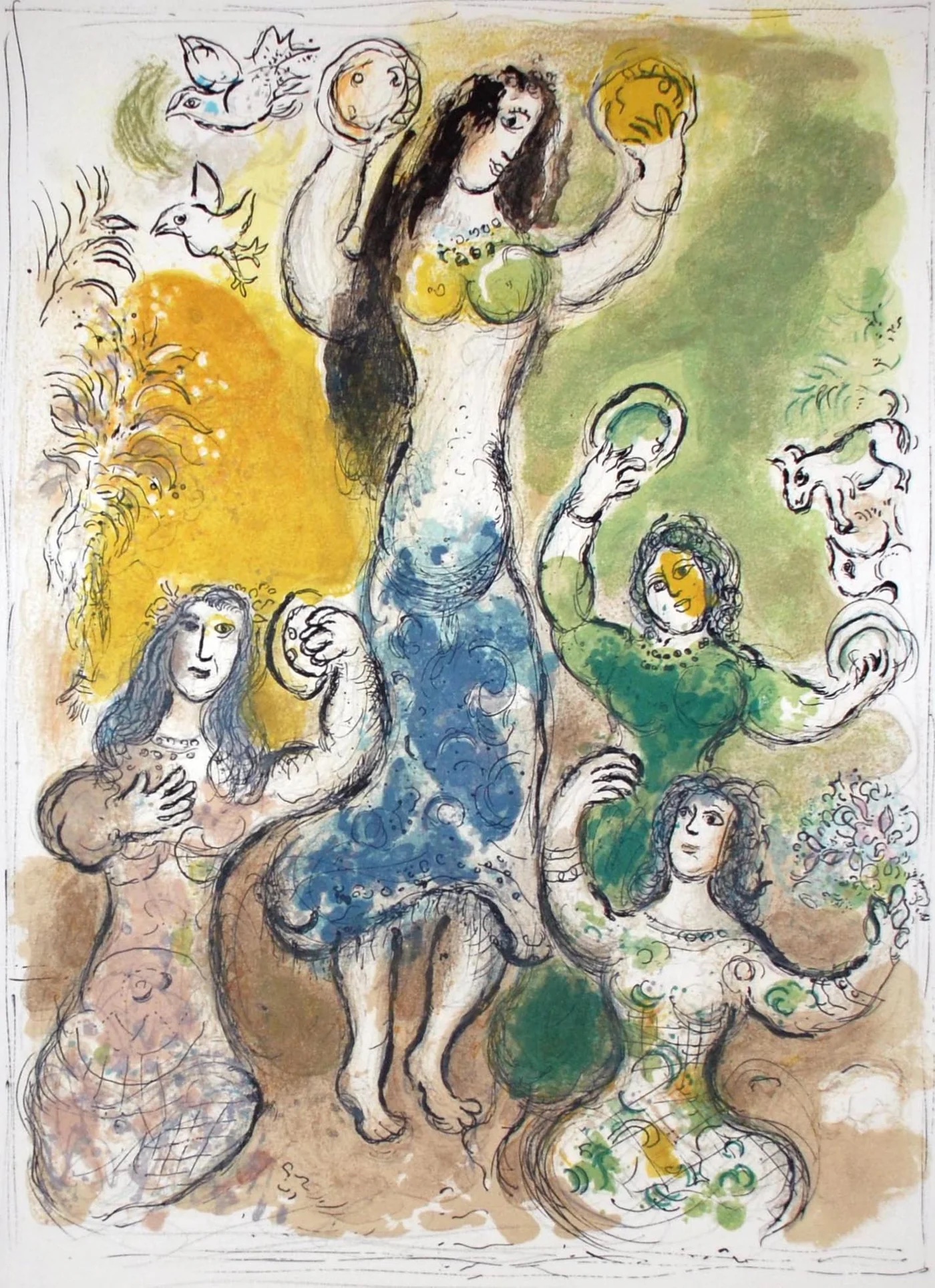Torah Study Date
Saturday, October 21, 2023
Verses Covered
Exodus (Sh’mot) 13:17-14:5
Next Session
Saturday, October 28, 2023
Starting at Exodus 14:6
Last week, we discussed God leading the Israelites to Canaan the long way—not by way of the Philistines but by way of the wilderness of the Sea of Reeds because the former was fortified and, if the Israelites took that way, they might be frightened by war and turn back to Egypt. The way of the Philistines would be up along today’s Gaza coast. We discussed who present-day Palestinians are. R. Sara said they descend from Arab tribes who had lived in the area since the time of Roman Palestina. The Philistines, by contrast, were present along the coast by the time of Ramses III c. 1188 B.C.E. She made reference to the idea that Jews have always been a diaspora and to the idea that Judaism becomes Judaism in the diaspora.
We discussed the children of Israel going up, armed, from Egypt. We wondered where they got arms. One possibility is that, among the jewelry and other things they got or stole from the Egyptians, were some arms. Historically speaking, the Philistines were later so their presence in the story is an anachronism. This shows, R. Sara stated, that the later redactor (editor) could not imagine a world without the Philistines.
We discussed Moses taking Joseph’s bones with him because the latter had the children of Israel swear that they would do so (as we have seen previously). This puts a conclusion to the story of Joseph and gives continuity between the Moses and Joseph stories. We discussed YHVH accompanying them in a pillar of cloud by day and fire by night as they travel from Sukkot to Etham at the edge of the wilderness—so that they could travel both in the daytime and the nighttime (that is, as R. Sara pointed out, continuously). R. Sara reminded us that, unlike us, God does not have to sleep (the idea being that some Israelites would lead the group while the others slept and then the groups would switch so the first group could get some sleep—whereas God guides them continuously without sleeping).
We discussed Pharaoh saying that the Israelites are muddled/confounded in the land, enclosed by the wilderness, the idea being that they are hemmed in between wilderness and sea and as a result an easy target. We noted YHVH saying he would strengthen Pharaoh’s heart in order that YHVH should gain glory through Pharaoh and his armed forces and Egypt would know that “I am YHVH.”
Along the way, R. Sara discussed Ibn Ezra getting creative here in contrast to his more usual technical discussions of grammar and structure, vowels, letters, etc. Ibn Ezra was born in Muslim Spain (hence “Ibn” instead of “Ben”) and died in England.
Our artwork this week is from Russian-French artist, Marc Chagall (1897-1985), Crossing the Red Sea (above, oil), and Miriam Took a Timbrel (below, lithograph). Above, Moses is portrayed raising his hand and staff above the Israelites to let them cross the Red Sea. An angel appears above the Israelites. The Egyptians are portrayed in red and orange, suggesting their fate. Below are the first women we have seen portrayed for a long time, namely, Miriam and other women with timbrels.


